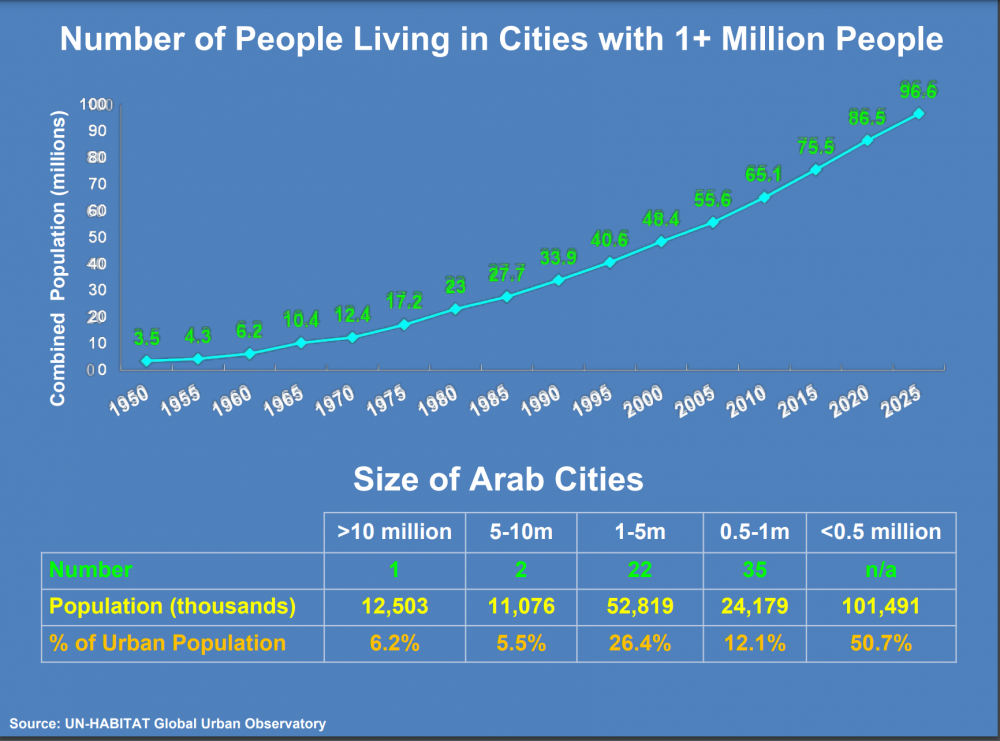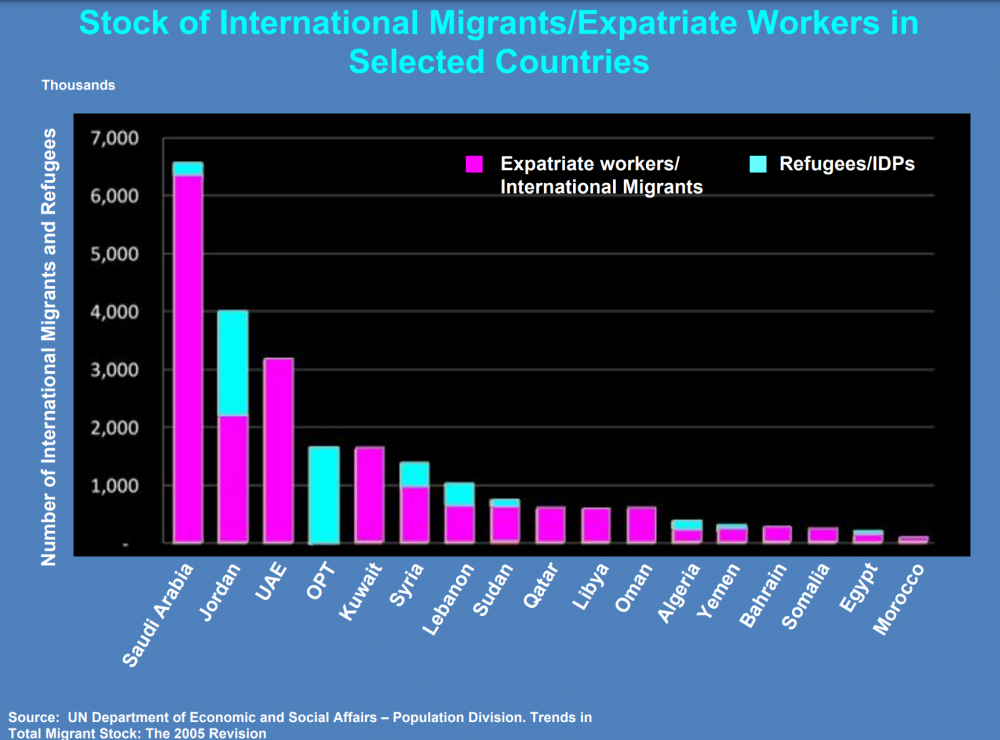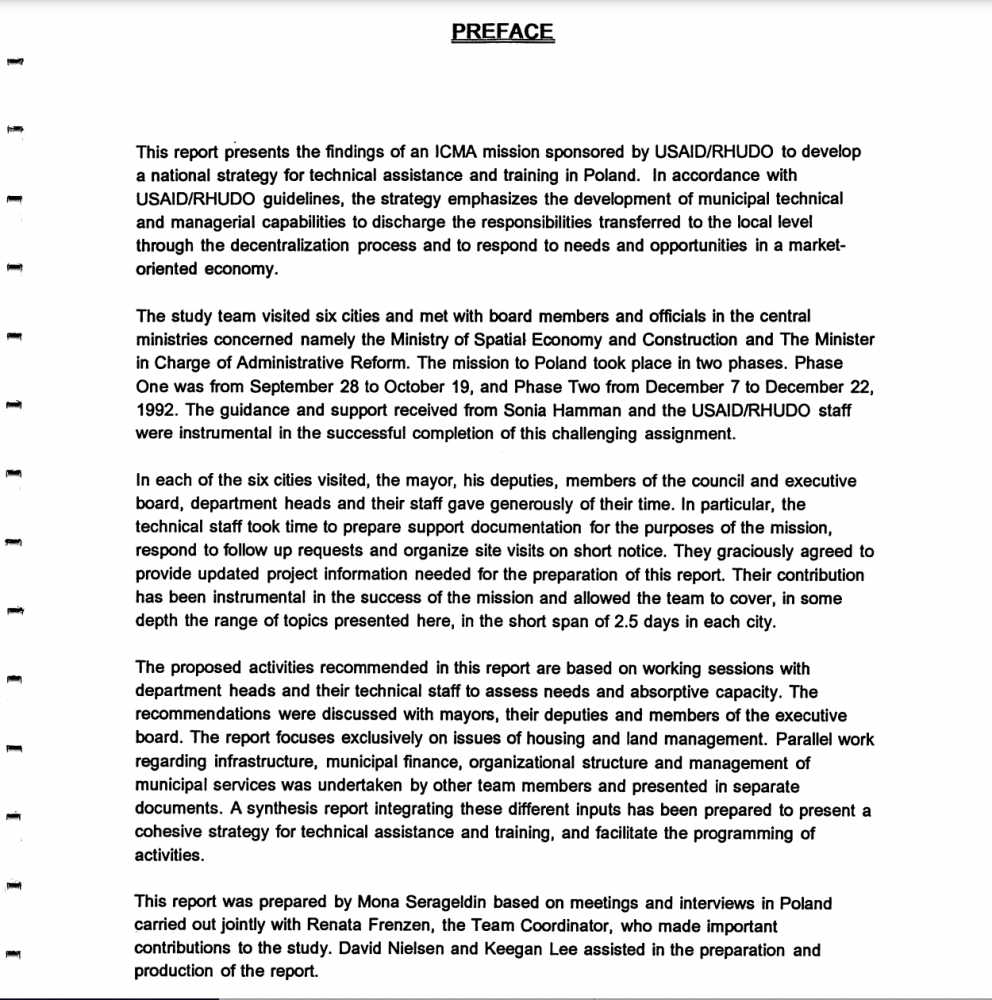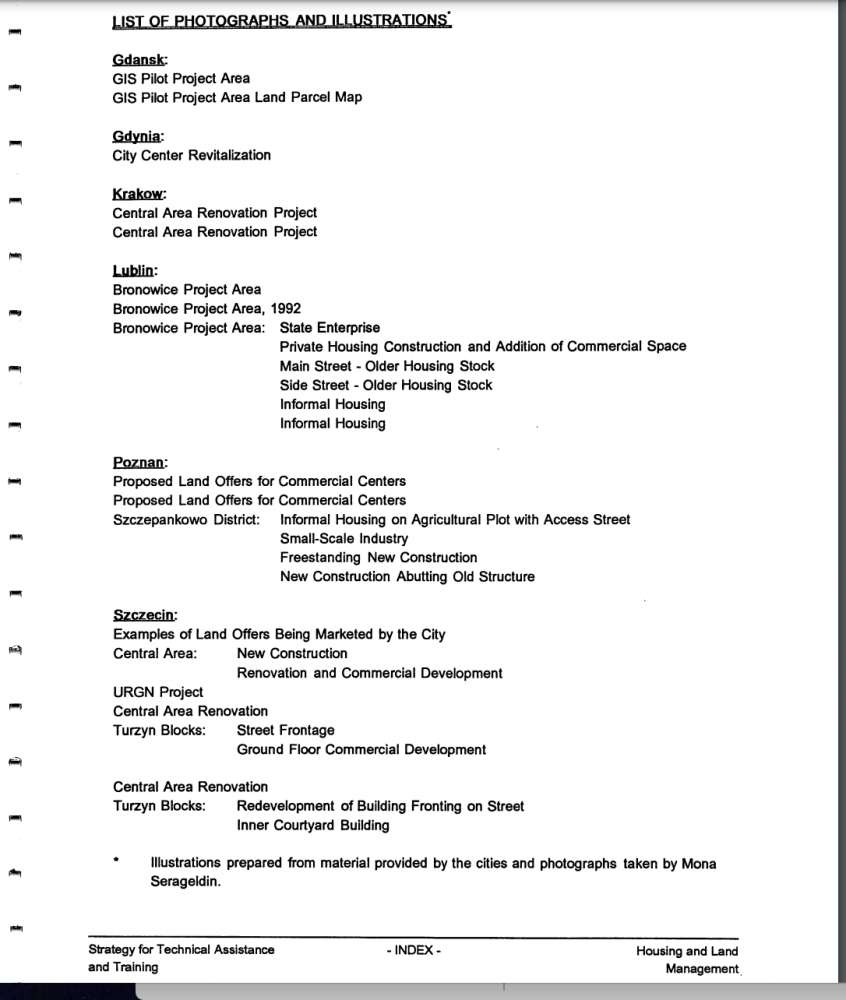[Excerpt: Final Report, 1997]
“Fortaleza’s interlinked urban programs (Mutirão 50, Comunidades, Casa Melhor and the Integration Council) created a framework for coordinated public and community action addressing the human aspects as well as the environmental dimensions of rapid urbanization. The programs combined capacity building, participation, civic engagement and community based management of local resources. Fortaleza, the capital of the Ceara State, in the Northern region of Brazil, has a population of 2.5 million inhabitants, over half of whom live in more than 350 irregular settlements, known as “favelas”, lacking infrastructure and services. Rapid demographic growth and sustained migration from rural areas has fueled their proliferation. Since 1973, a new favela has developed every month . . .”
. . . .
“The goal of the Mutirão 50 pilot and the Comunidades programs is to create an interface for coordinated action by the different actors involved in urban development. The process capitalizes on the complementary roles of NGOs that have the capacity to innovate and lead an outreach and mobilization effort, and the public authorities that can foster institutionalization and replication of successful actions. The programs have 3 strategic objectives: to create a setting for self-built mutirões housing; to generate employment opportunities; and to set in motion a process of sustainable development.“
“The programs reinforce citizen participation and the autonomy of community based organizations by building up their capacity to negotiate with public authorities and broadening their vision and understanding of the wider socio-economic context. The Comunidades program is managed by a special commission, referred to as the Integration Council. It includes two representatives of each of the partners involved: the State, the municipalities, the university and the technical school, the NGOs and the community groups. . . “
. . . .
“Close ties to education and research institutions help develop innovative approaches to the three complementary and integrated action lines of the program: Housing construction institutional development and job creation. In light of the importance given to technical training, the collaborative effort with educational institutions is considered critical to the program’s success.”







